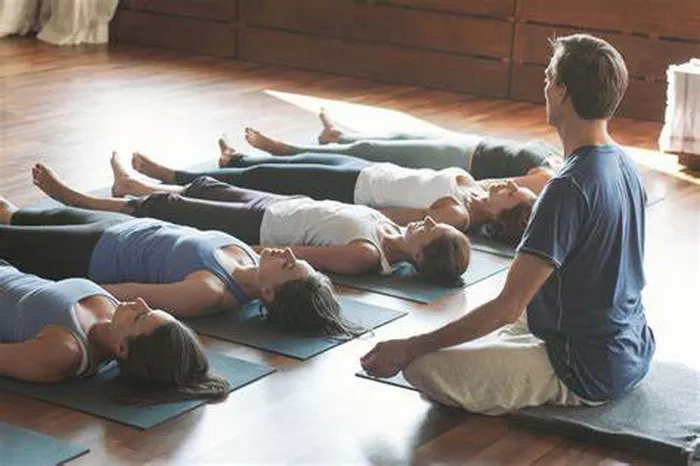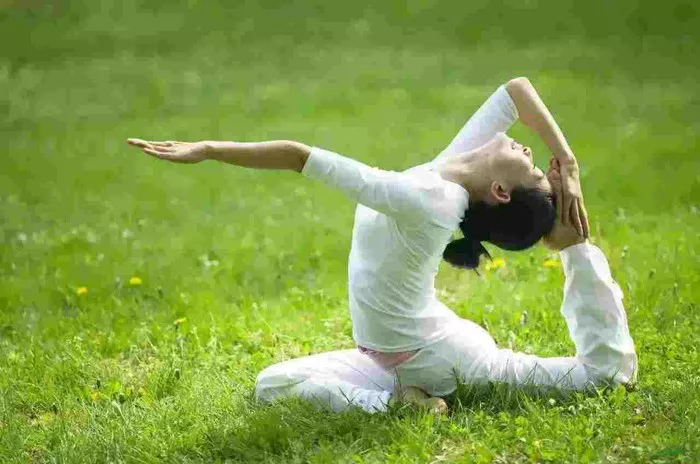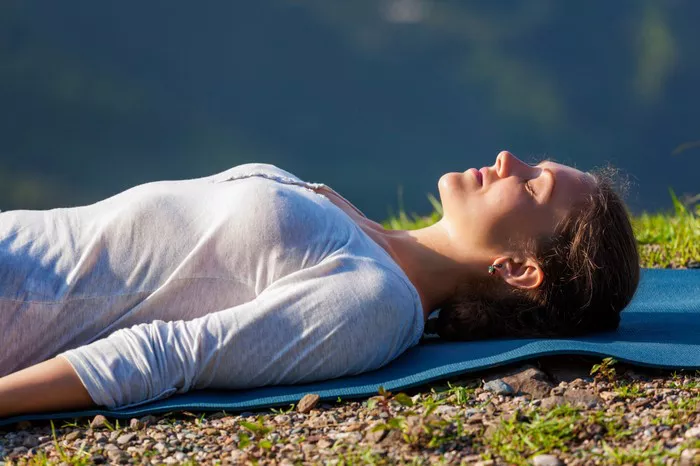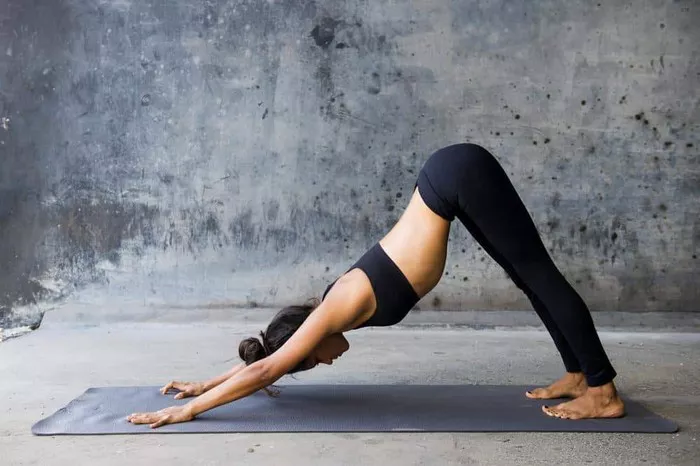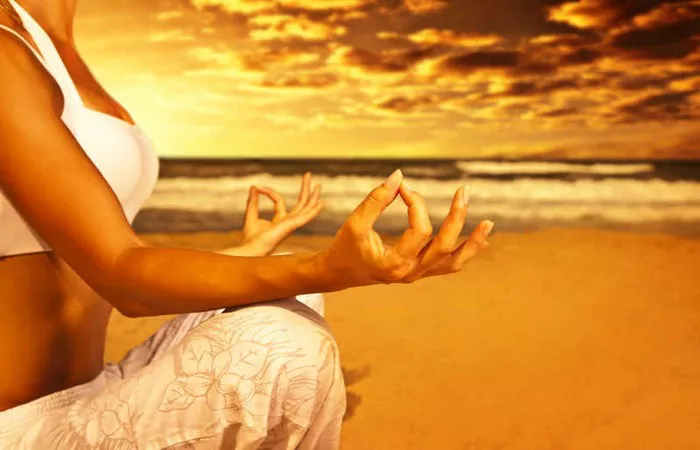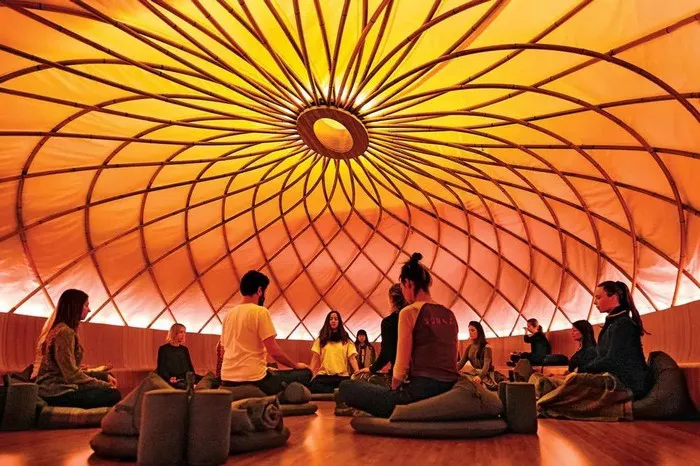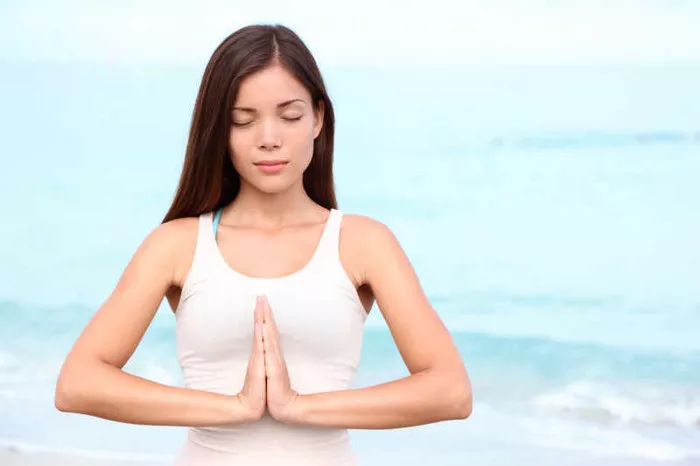Ardha Chandrasana, also known as Half Moon Pose, is a dynamic standing posture commonly practiced in various styles of yoga, from Hatha to Vinyasa. Its name, derived from the Sanskrit words “Ardha” meaning half, and “Chandra” meaning moon, reflects the shape the body forms in the posture, which resembles a crescent moon. The pose combines balance, strength, and flexibility, offering a variety of physical and mental benefits. It strengthens the legs, opens the hips, and improves balance, coordination, and concentration.
While Ardha Chandrasana is an accessible and valuable posture for many, it is important to acknowledge that it is not suitable for everyone. As with any physical activity, yoga must be adapted to the individual’s body, health conditions, and limitations. There are specific groups of people for whom practicing Ardha Chandrasana may be risky or harmful, or it might exacerbate existing health concerns. In this article, we will explore the conditions, injuries, and concerns that should be taken into account before practicing this pose.
1. Pregnant Individuals
Pregnancy brings about significant changes to the body, including changes in balance, flexibility, and strength. During pregnancy, particularly in the later stages, the body undergoes several shifts that make certain yoga poses less safe. Ardha Chandrasana, with its balance demands and the need for a strong foundation in the standing leg while extending the other leg into the air, might place undue pressure on the pelvis and spine, which are already under strain during pregnancy. Additionally, the risk of falling or losing balance is heightened as the center of gravity shifts.
Recommendation: Pregnant practitioners should avoid Ardha Chandrasana, especially during the later trimesters. Instead, they can focus on more gentle and supportive poses that encourage relaxation, breathing, and alignment, such as Cat-Cow Pose or modified Downward-Facing Dog.
2. People with Hip or Knee Injuries
Ardha Chandrasana requires a great deal of flexibility and stability in the hips and knees. The standing leg bears the full weight of the body while the lifted leg extends into the air, requiring a significant range of motion from the hip joint. If a person has an injury or instability in the hip or knee, attempting this pose may exacerbate the condition or cause further harm.
For individuals recovering from knee injuries, the pose can cause strain on the knee joint as it must support the body’s weight. For those with hip injuries, especially in the hip flexors or outer hip muscles, the stretch and rotation involved may increase discomfort or lead to further injury.
Recommendation: Individuals with hip or knee injuries should either avoid Ardha Chandrasana or work closely with a qualified yoga instructor who can offer modifications. For example, performing the pose with a block under the bottom hand or avoiding full extension of the raised leg can reduce strain.
3. Those with Balance Issues
Balance is a core component of Ardha Chandrasana. The pose requires the practitioner to stand on one leg while the other leg is lifted parallel to the floor, placing considerable demands on the core and stabilizing muscles. For individuals with balance issues, whether from age-related changes, neurological conditions, or vestibular disorders, attempting this pose could lead to falls or a sense of instability.
People with conditions such as vertigo, dizziness, or inner ear imbalances should avoid this pose because of the risks associated with losing balance while in the pose. The risk of falling increases significantly in individuals who are already prone to instability.
Recommendation: Those with balance difficulties may consider practicing alternative poses that focus on strengthening and improving stability without putting them at risk of falling. Modified versions of poses like Tree Pose or Mountain Pose, with support from a wall or chair, may be more appropriate.
4. People with Spinal Issues
The alignment of the spine is crucial for maintaining good posture and avoiding injury, especially during yoga. In Ardha Chandrasana, the spine must remain elongated and neutral to support the body as it bends and rotates. However, individuals with spinal issues, such as herniated discs, scoliosis, or general back pain, may find this pose uncomfortable or exacerbating to their condition.
For example, those with herniated discs may experience pressure on the affected area due to the twisting action and the need to lift one leg while balancing on the other. In such cases, it could lead to increased pain or nerve compression.
Recommendation: Individuals with spinal issues should either avoid this pose or practice it under careful supervision. Modifications, such as performing the pose with a focus on alignment and using props like a block, may help, but only if the practitioner does not feel pain or discomfort.
5. People with Shoulder Injuries
Ardha Chandrasana places considerable weight on the arms, especially the arm that is supporting the body on the ground. The extended arm must support the weight of the torso while maintaining stability. For people with shoulder injuries or limited shoulder mobility, this can be a challenging and painful posture.
Shoulder injuries, such as rotator cuff tears, impingements, or shoulder instability, can be aggravated by the pressure placed on the shoulder during this pose. Overextending the arm or placing weight on an injured shoulder may cause further strain or injury.
Recommendation: Individuals with shoulder injuries should avoid Ardha Chandrasana or practice it with extreme caution, using modifications to reduce the pressure on the shoulder. A safer alternative might be using a wall or a block under the hand to reduce the weight on the injured shoulder.
6. People with Weak Core Muscles
A strong core is essential for maintaining stability and balance in Ardha Chandrasana. The pose requires the practitioner to engage their abdominal muscles to keep the torso aligned and balanced over the standing leg. For individuals with weak core muscles, it may be difficult to maintain the correct posture, which could lead to misalignment or injury.
A weak core can result in excessive arching of the back, creating strain on the lumbar spine, or lead to a collapsed chest or unstable balance, increasing the risk of falls or muscle strain.
Recommendation: Individuals with weak core muscles should avoid Ardha Chandrasana until they build greater core strength through preparatory poses. Plank Pose, Boat Pose, and other core strengthening exercises can help develop the necessary strength before attempting more challenging poses like Half Moon.
7. Individuals with Cardiovascular Concerns
People with cardiovascular issues, such as high blood pressure, heart disease, or a history of stroke, should be cautious when attempting inversions or balance postures like Ardha Chandrasana. While this pose is not technically an inversion, it does involve a shift in body orientation and requires concentration and steady breathing.
For individuals with high blood pressure or heart conditions, the effort and strain of balancing on one leg while maintaining stability and holding the breath may cause an increase in heart rate or blood pressure, which can be dangerous.
Recommendation: People with cardiovascular issues should avoid Ardha Chandrasana, or practice it only with modifications. Poses that focus on breath awareness, gentle stretching, and stress reduction, such as Child’s Pose or Cat-Cow, may be more suitable.
8. Beginners Without Proper Warm-up
For those new to yoga, jumping into advanced balance poses like Ardha Chandrasana without proper preparation can be overwhelming and may lead to injury. New practitioners often have less body awareness, and their muscles and joints may not yet have developed the necessary strength or flexibility to perform the pose safely.
Attempting complex poses without proper instruction or preparatory work can lead to muscle strain, joint instability, and improper alignment.
Recommendation: Beginners should avoid Ardha Chandrasana until they have developed sufficient strength, flexibility, and understanding of their body’s alignment. Starting with foundational poses, such as Warrior I and II, and working on balance exercises in a safe, progressive manner is essential for building the skills needed for advanced poses.
Conclusion
While Ardha Chandrasana offers many benefits, including strengthening the legs, improving balance, and enhancing mental focus, it is not appropriate for everyone. So, Who Should Avoid Ardha Chandrasana? Individuals with pregnancy, hip or knee injuries, balance issues, spinal problems, shoulder injuries, weak core muscles, cardiovascular concerns, or those who are new to yoga should either avoid the pose or approach it with caution and proper modifications.
Yoga is about honoring one’s body, and it is important to listen to its signals. It is always recommended to consult with a healthcare provider or an experienced yoga instructor before attempting new poses, especially if you have any existing health conditions or concerns. By practicing safely and mindfully, yoga can be an accessible and beneficial practice for people of all backgrounds and abilities.
The journey in yoga is personal, and understanding which poses suit your body’s needs can lead to greater strength, flexibility, and inner peace. Always practice with awareness, and remember that it’s okay to skip or modify poses that don’t feel right for you. Your practice is yours to cultivate at your own pace.
Related Topics:

